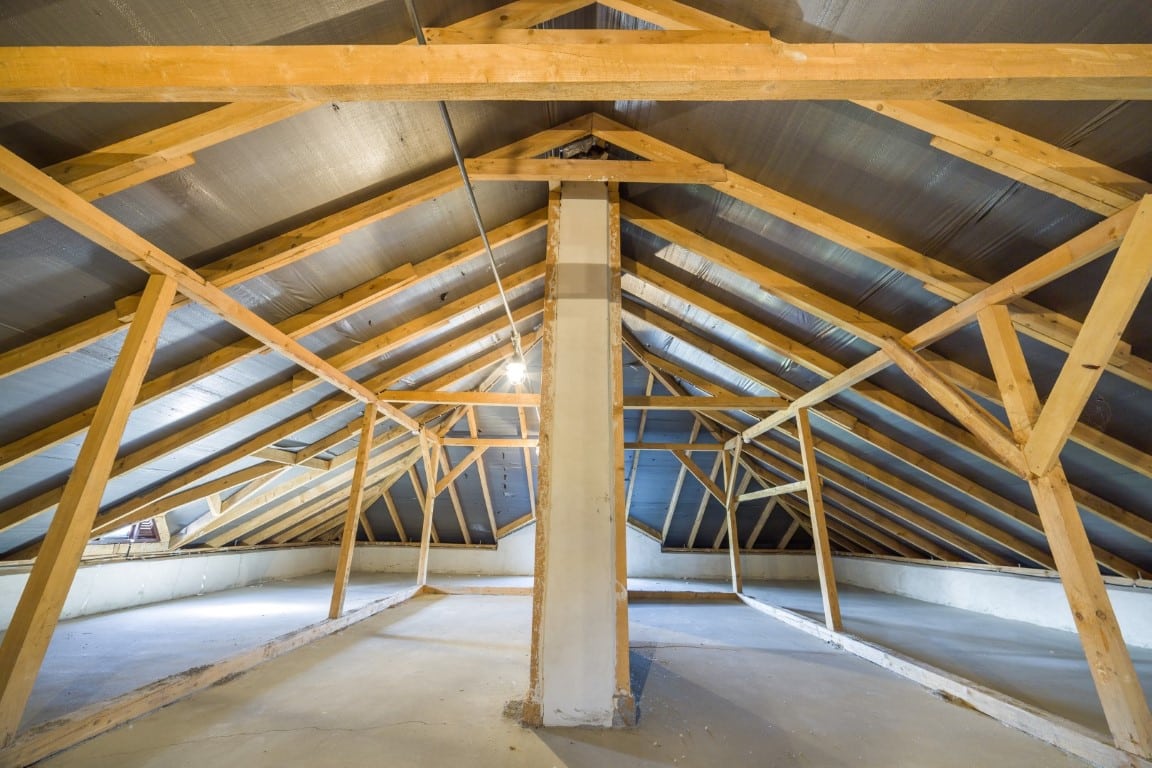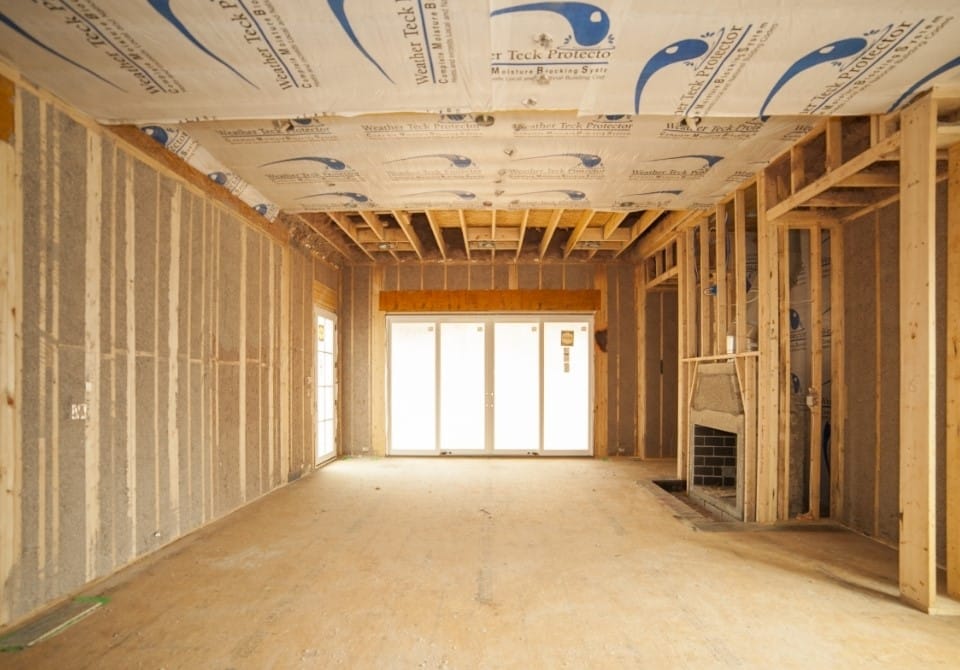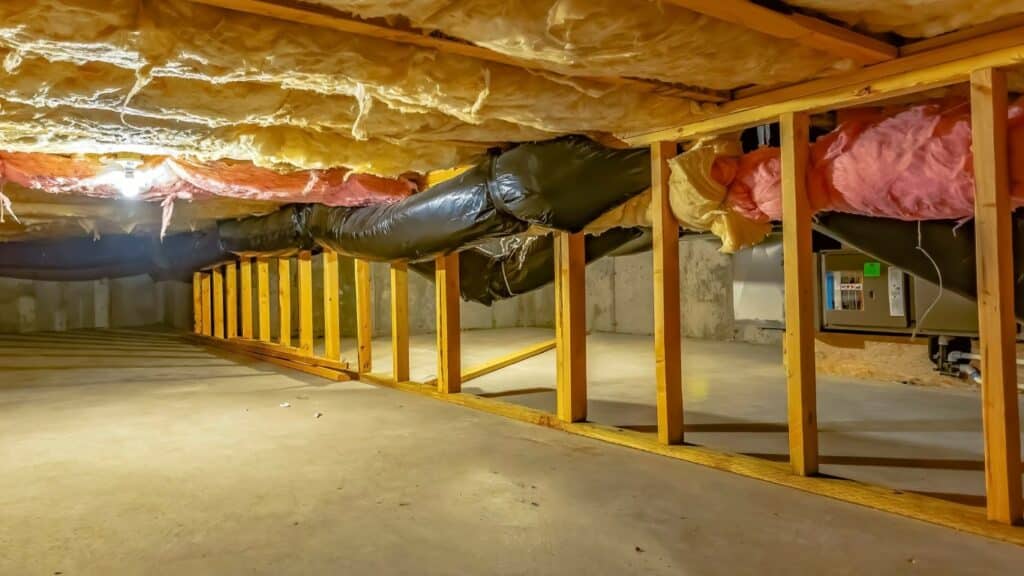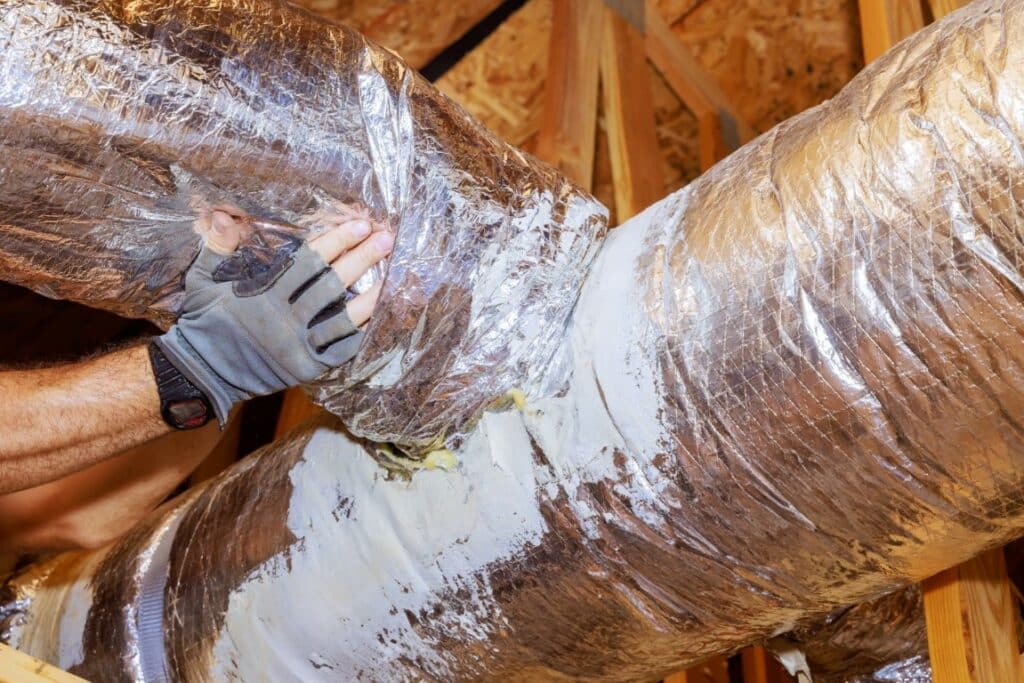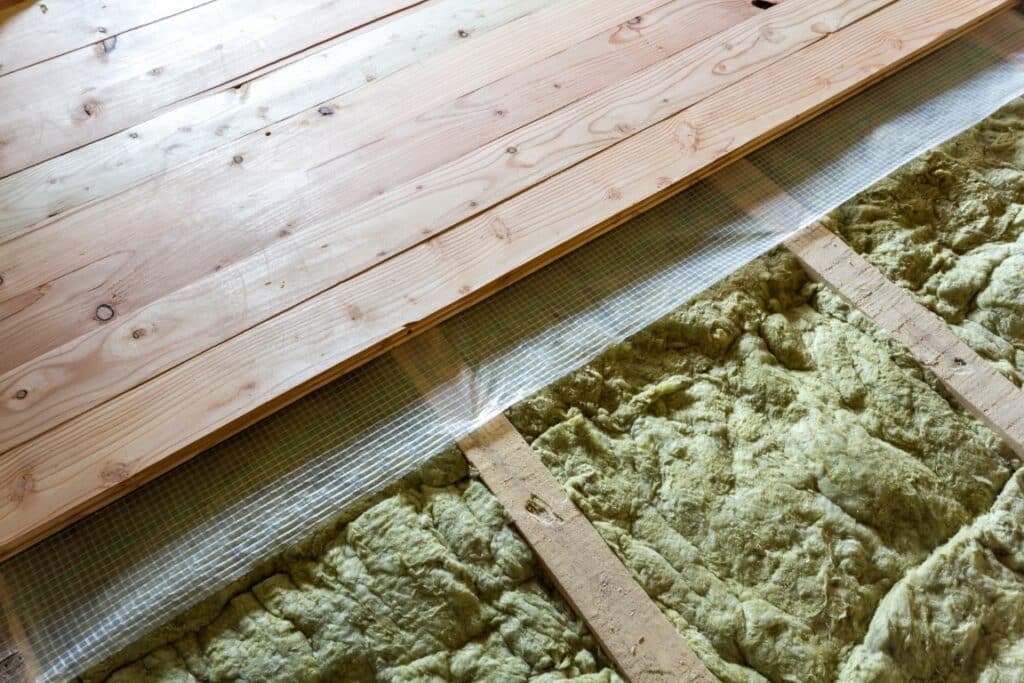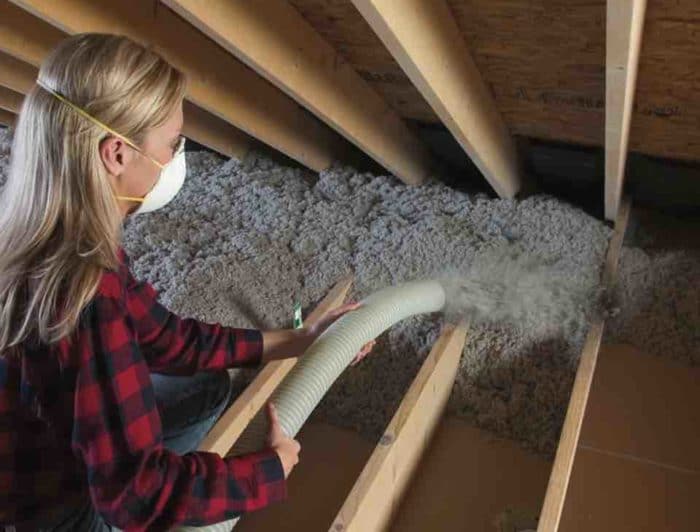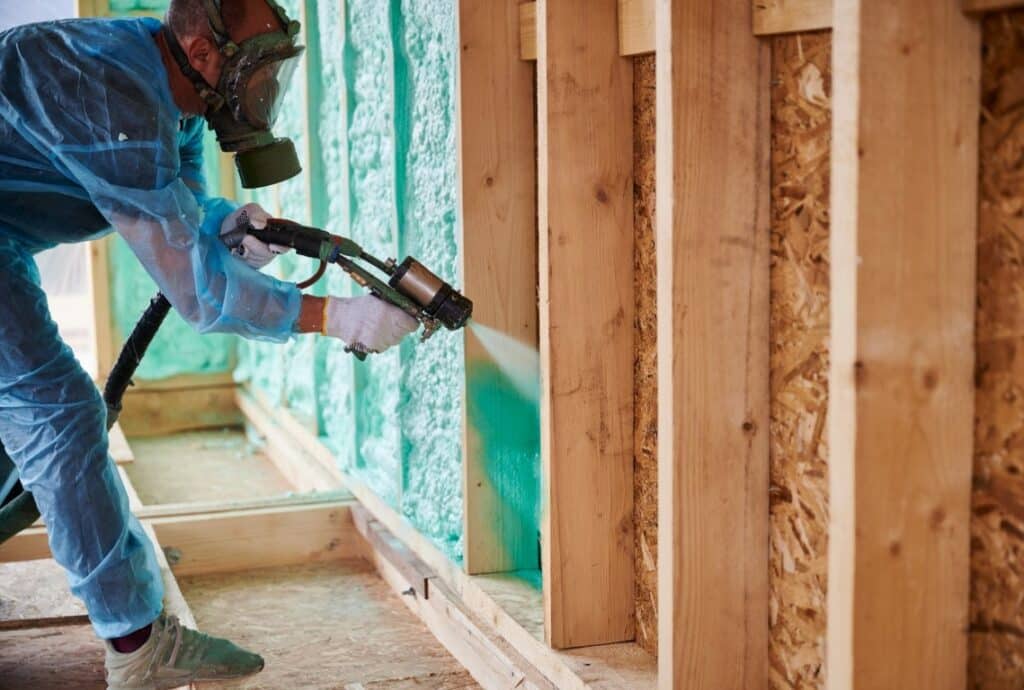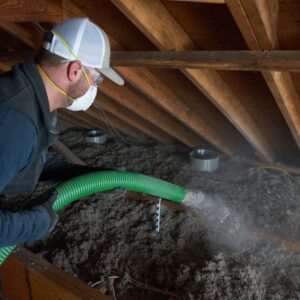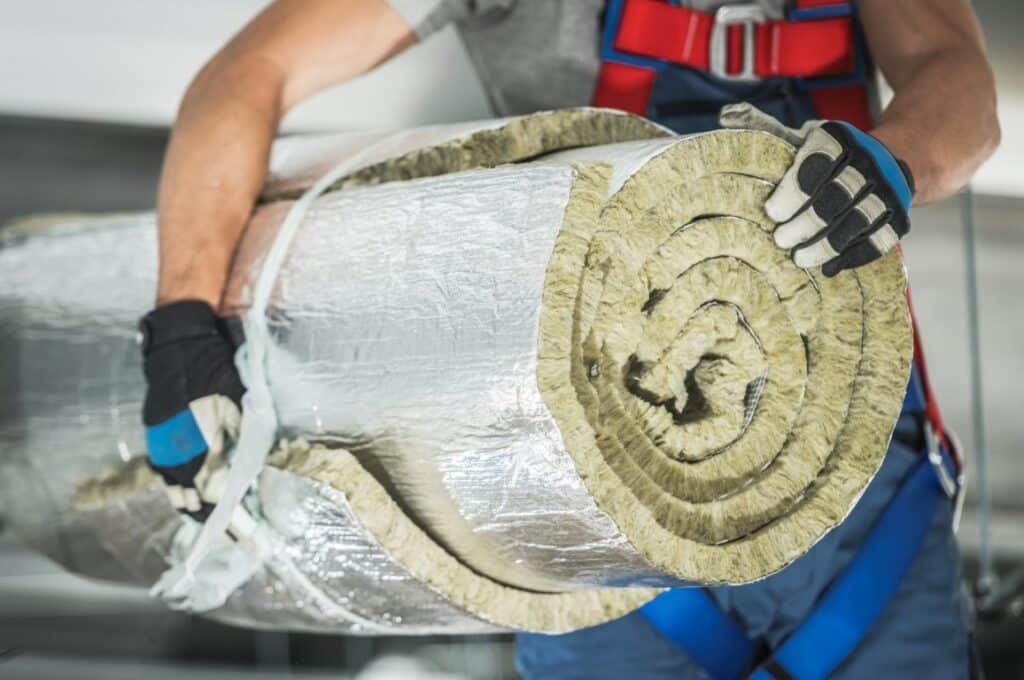Rigid Insulation Rebates 75-100% off costs.
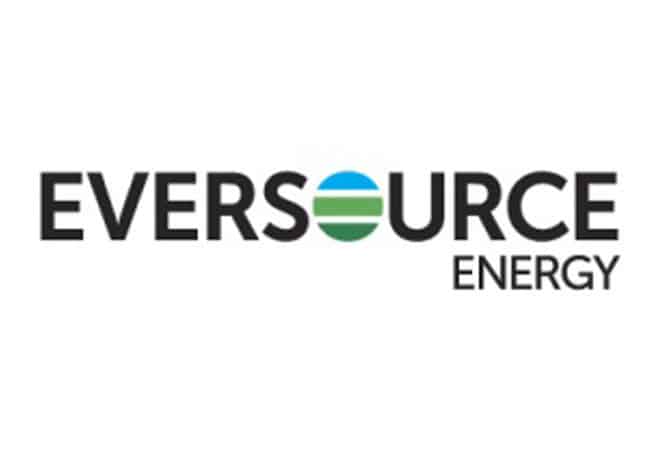

Retrieve as much as 75%-100% of the costs for fully insulating your home with rigid foam board insulation rebates. For a limited duration, Energize Connecticut programs are providing $1.70/square foot for customers of Eversource and United Illuminating.
Perfect for a variety of applications, from basements and crawlspaces to roofs and exterior walls, rigid insulation offers a high-performance barrier against heat and cold. Discover the types, properties, and installation methods of rigid foam insulation and understand why it's a smart choice for creating a more comfortable living environment.
Types and Properties of Rigid Insulation
Rigid foam insulation, available in foam boards, is an effective way to improve a home’s thermal resistance. These boards are made from materials such as polystyrene, polyisocyanurate (commonly known as polyiso), and polyurethane, each offering unique benefits.
Polystyrene (EPS and XPS): Expanded polystyrene (EPS) and extruded polystyrene (XPS) are two types of polystyrene insulation, differing mainly in density and moisture resistance. EPS is lighter and often used in above-grade applications, while XPS offers better moisture resistance and is suited for use in areas subject to dampness, like basements and crawlspaces.
Polyisocyanurate (Polyiso): Known for having the highest R-value per inch among the common types of rigid insulation, polyiso is particularly effective in reducing heat flow. It’s an excellent choice for areas requiring maximum insulation in limited space. However, polyiso can be more expensive than other types of rigid foam.
Polyurethane: This type is known for its excellent thermal performance and strength, though it is less commonly used than polystyrene and polyiso for residential applications.
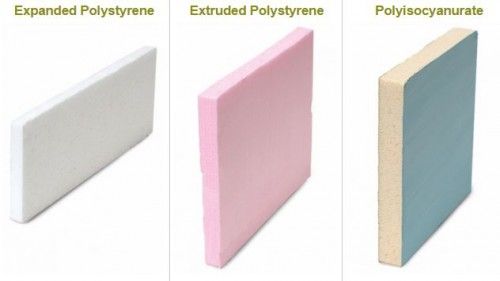
Rigid insulation is characterized by its high insulating value relative to its thickness, making it an excellent choice for areas where space is at a premium. Additionally, some rigid foams are designed to repel water, making them suitable for use in moisture-prone areas.
Installation of Rigid Insulation
Rigid foam insulation is versatile and can be installed in various parts of a home, including basements, crawlspaces, exterior walls, and attic hatches. The installation process involves:
- Measuring and Cutting: Rigid foam boards must be measured and cut precisely to fit the designated space, ensuring minimal gaps where heat could escape.
- Application: Depending on the location, the boards can be applied directly to foundation walls, framed walls, or fitted between rafters or joists. For basement applications, the boards are typically affixed directly to the interior or exterior of the foundation walls.
- Sealing Gaps: It’s essential to seal all gaps between the boards and around the edges with appropriate materials, such as spray foam or sealant, to prevent air leaks and ensure the insulation functions effectively.
- Covering: In some applications, like exterior walls, rigid foam must be covered with a weather-appropriate barrier or finish to protect it from the elements and comply with local building codes.
Cost of Rigid Insulation
The cost of rigid foam insulation varies depending on the type of material, thickness, and coverage area. Generally, polyiso is the most expensive due to its higher R-value, followed by XPS and then EPS, which is typically the most cost-effective option.
Comparison with Other Insulation Types:
- Cellulose Insulation: Typically less expensive than rigid foam but with a lower R-value per inch. Cellulose is suitable for large areas where depth is available, but it doesn't offer the same moisture resistance.
- Spray Foam Insulation: While offering higher R-values and better air sealing properties, spray foam is generally more expensive than rigid foam. However, spray foam may be more cost-effective in scenarios requiring both high insulation levels and airtightness.
- Batt/Blanket Insulation: Usually less expensive than rigid foam but also less effective in preventing heat flow per inch of thickness. Batt insulation is easier to install in some scenarios but does not provide the same level of moisture resistance or air sealing.
While rigid foam insulation may have a higher upfront cost compared to some other types, its effectiveness in reducing energy bills and improving comfort can make it a worthwhile investment, particularly in moisture-prone or space-limited areas. Additionally, homeowners should consider available energy rebates and incentives that could offset the initial cost.
Where to Use Rigid Insulation
-
Rigid Insulation for Attics

Rigid Insulation for Attics
Rigid foam board insulation in attics can be applied directly to the underside of the roof, effectively reducing heat transfer and preventing heat buildup during summer months.
-
Rigid Insulation for Walls

Rigid Insulation for Walls
Rigid insulation can be applied to exterior walls or between studs, offering a high R-value per inch and improving the overall energy efficiency of wall assemblies.
Wall Insulation -
Rigid Insulation for Basements

Rigid Insulation for Basements
In basements, rigid foam board insulation can be affixed to interior or exterior foundation walls to prevent thermal bridging and moisture intrusion, enhancing energy efficiency and comfort.
-
Rigid Insulation for Ceilings

Rigid Insulation for Ceilings
Applying rigid foam insulation to ceilings, especially in unconditioned spaces, helps minimize heat loss, acting as an effective barrier against thermal transfer.
-
Rigid Insulation for Crawlspaces

Rigid Insulation for Crawlspaces
Rigid foam board insulation in crawl spaces can be applied to walls or floors, providing a durable moisture barrier and improving the thermal envelope of the home.
-
Rigid Insulation for Ducts

Rigid Insulation for Ducts
Encasing ducts in rigid foam insulation can significantly reduce heat loss or gain through the ductwork, improving the efficiency of heating and cooling systems.
-
Rigid Insulation for Floors

Rigid Insulation for Floors
Installing rigid foam board insulation beneath floors, particularly over unheated garages or crawl spaces, can block cold air infiltration and increase comfort levels within the home.
-
Rigid Insulation for Foundations

Rigid Insulation for Foundations
Applying rigid or foam board insulation on the exterior of foundation walls helps to insulate buildings from the ground temperature and moisture, preventing energy loss and protecting against water damage.
Foundation Insulation
Qualify for Rigid Insulation Rebates by Getting a Home Energy Audit
$0
$0
Average Annual Energy Savings$0
Weatherization Service Value$0
Average 1st Year SavingsRebates for Rigid Insulation
| Energize CT Rebate: $1.70 per Square Foot | |
|---|---|
| Avg. Initial Cost | $1500-$10000 |
| Max Rebate | N/A |
| Avg. Lifetime Savings | $4000 |
Claim up to $1.70 per square foot on approved insulation projects recommended during a Home Energy Solutions assessment.This may cover between 75-100% of insulation costs!
| IRA Tax Credit: % of Costs | |
|---|---|
| 25C Max Credit | $1600 |
| 25D Max Credit | Uncapped |
The Inflation Reduction Act tax credit for weatherization in Connecticut offers homeowners a 30% tax credit for eligible projects, with a maximum claim of $1,200 per year. It covers insulation, air sealing, doors, windows, and energy audits. Weatherization reduces energy waste, lowers bills, and improves home comfort while decreasing carbon emissions.
| IRA Electrification Rebate: $1600 | |
|---|---|
| Upfront Discount | 50%-100% of Costs |
| Avg. Initial Cost | N/A |
Connecticut homeowners may be eligible to claim up to $1,600 for their weatherization project through the Inflation Reduction Act Electrification Rebate program, depending on their income. Low-income households can receive 100% coverage of weatherization costs, while moderate-income households can receive 50% coverage. (The total cap for Electrification Rebates across all qualified projects is $14,000.)
Other Types of Insulation
-
Spray Foam Insulation

Spray Foam Insulation
Spray foam is versatile, airtight and excellent for uneven surfaces and gaps.
Learn More -
Blown Cellulose Insulation

Blown Cellulose Insulation
Blown-in cellulose is time-tested, fire-resistant and very cost effective.
Learn More -
Blanket/Batt Insulation

Blanket/Batt Insulation
Blanket/Bat/Roll insulation comes in a variety of materials and shapes providing even insulation levels with multiple compatible surfaces.
Learn More
Frequently Asked Questions about Rigid Insulation
Polyisocyanurate, also known as Polyiso foam board insulation has the highest R-value when compared to Polystyrene or polyuerethane chemistries. It's also the most expensive. Both polyiso and polystyrene foam insulation boards will repel water in their "extruded" (XPS) form allowing no more than 0.3% percent water absorption compared to the "expanded" (EPS) forms which allow between 2-4% percent water absorption. This makes extruded insulation foam board preferable wherever there's high moisture risk.
High moisture resistance makes foam insulation board a good choice in places prone to moisture like inside a basement against the foundation or exterior foundation. It can also complement batt insulation and serve as a air and vapor barrier.
Board insulation provides high insulating value at a relatively low thickness. This low thickness also allows for easier combinations with other forms of insulation to leverage multiple beneficial properties simultaneously. Foam board also has low water absorption with an absorption rate tending to range below 4% and as low as 0.3% for extruded rigid insulation boards.

